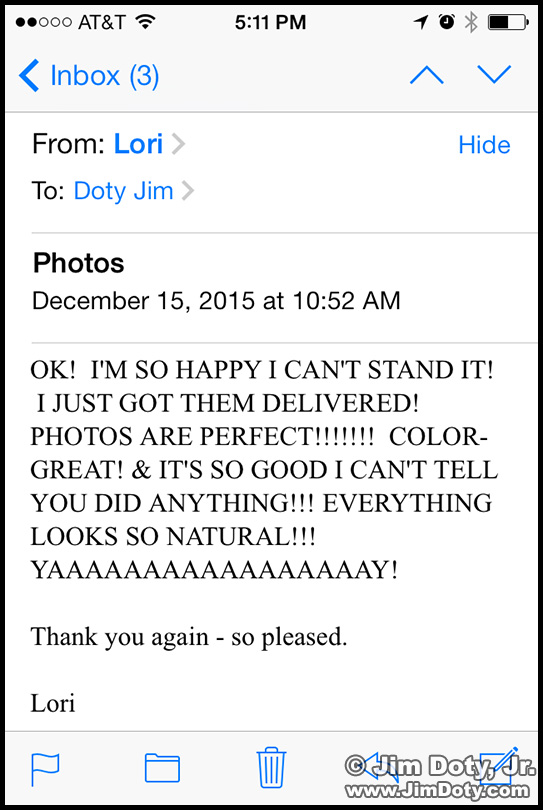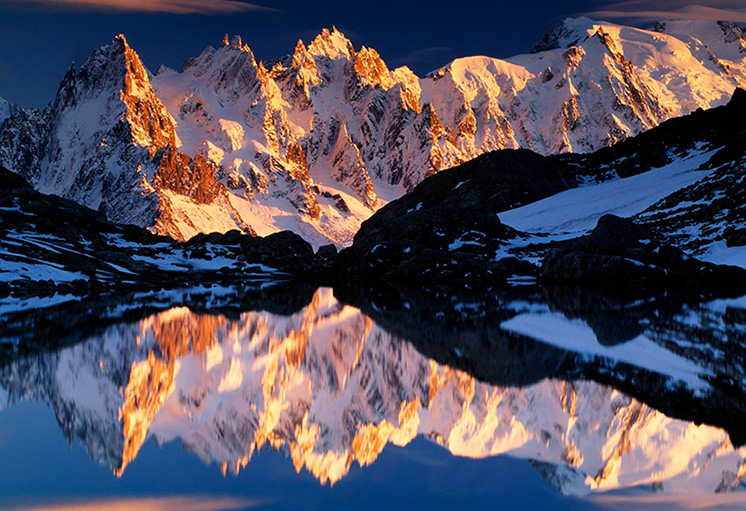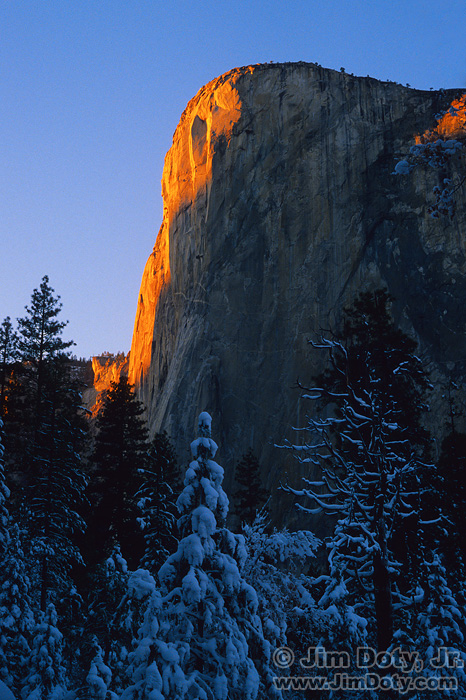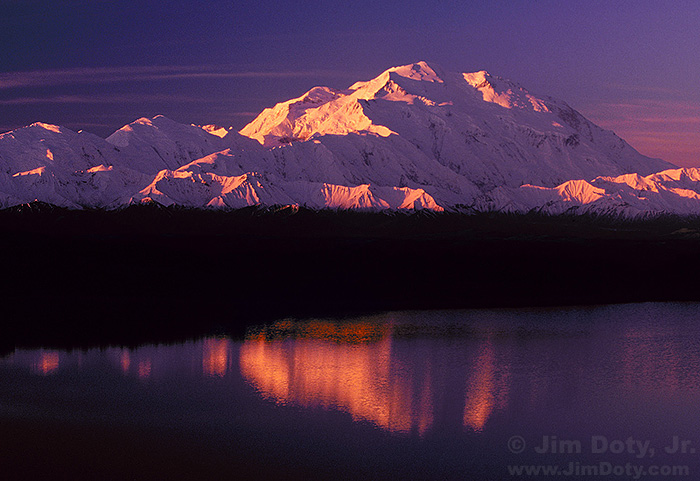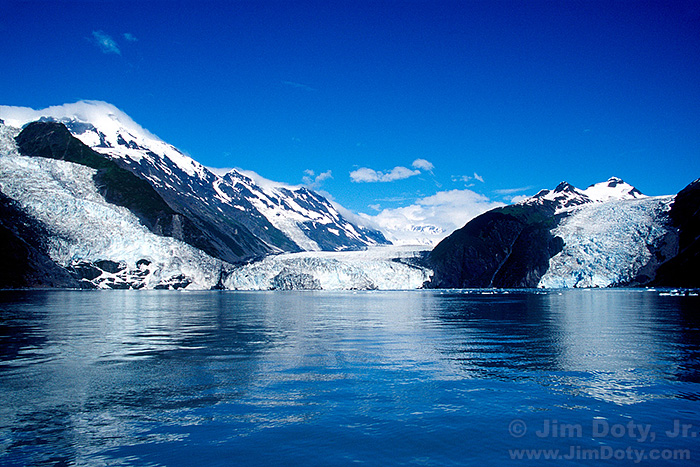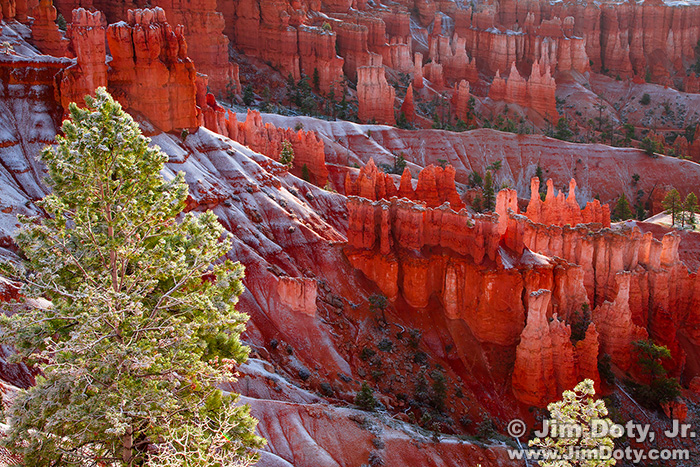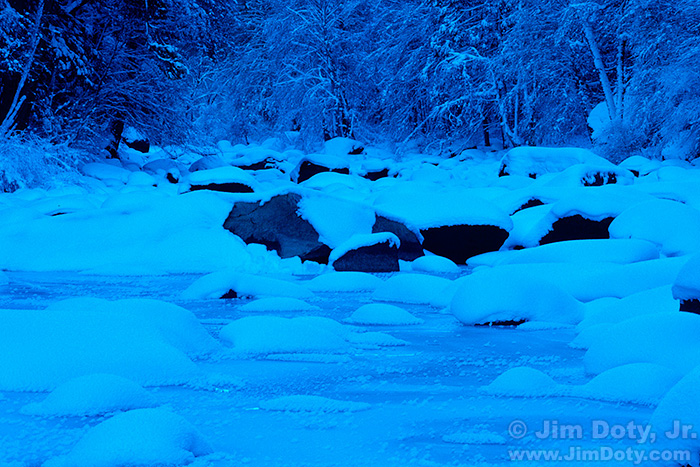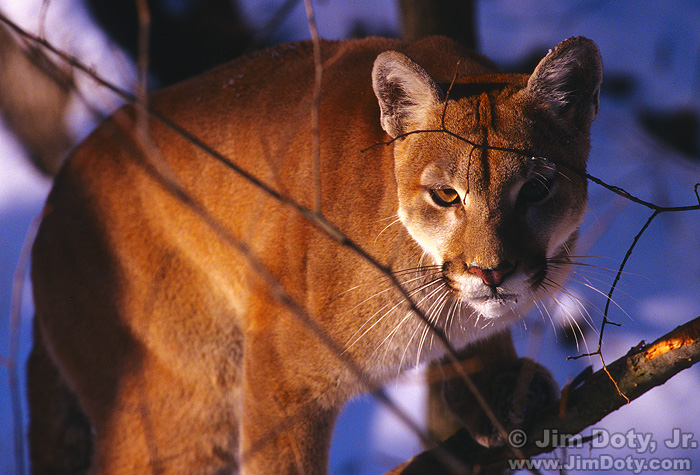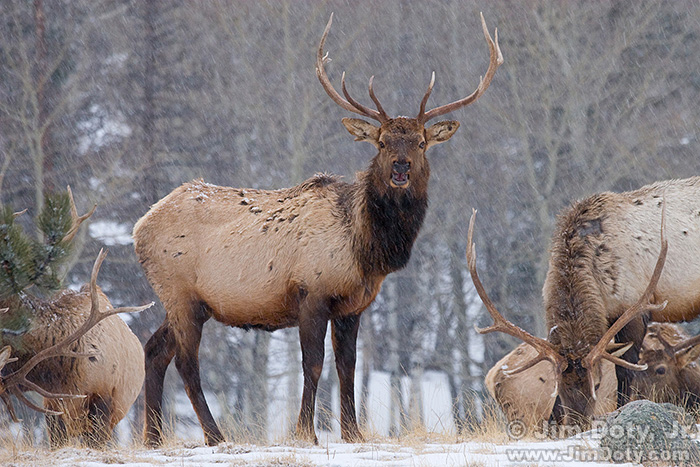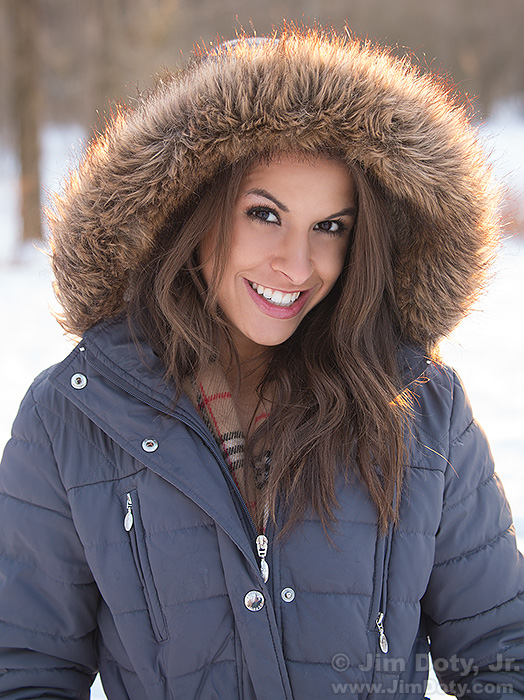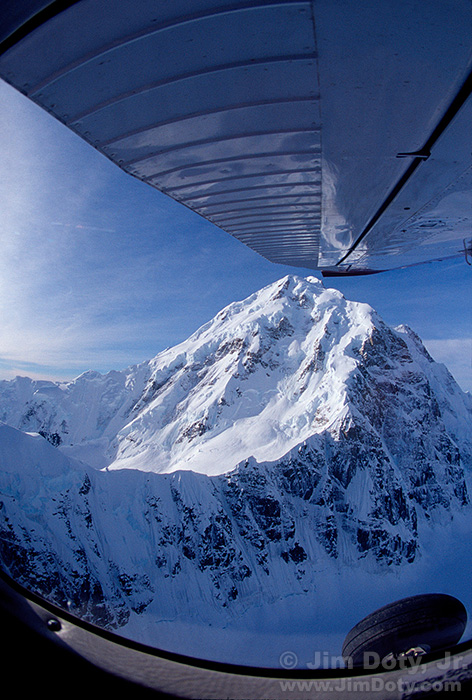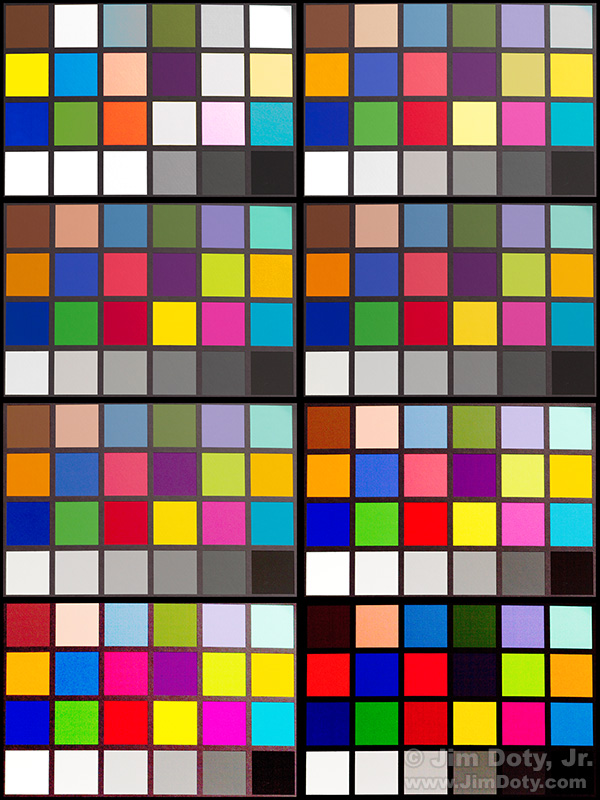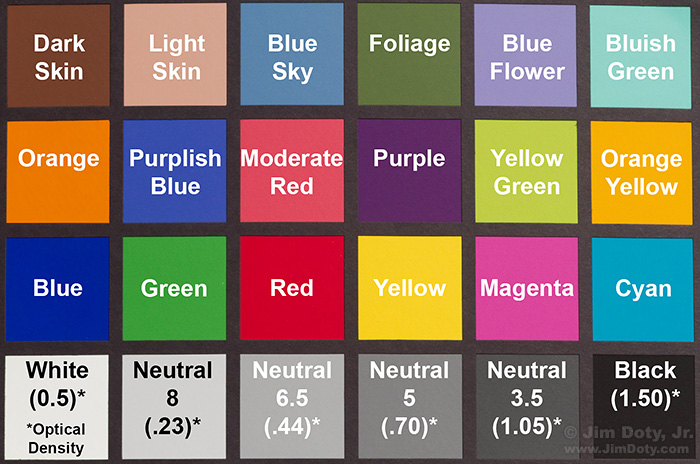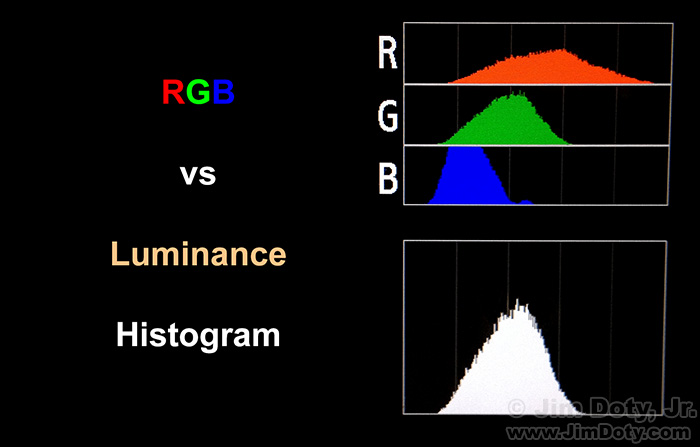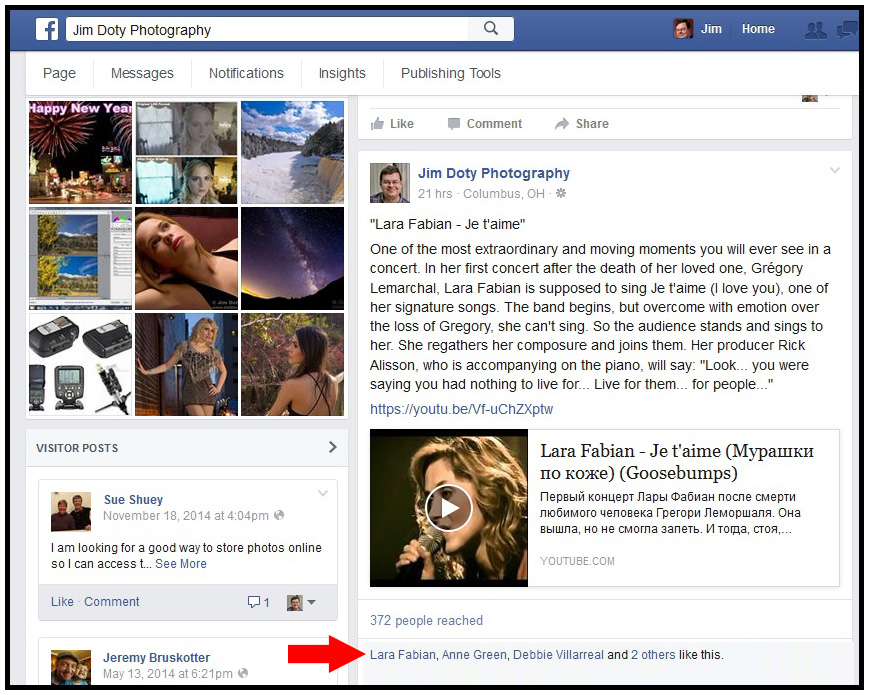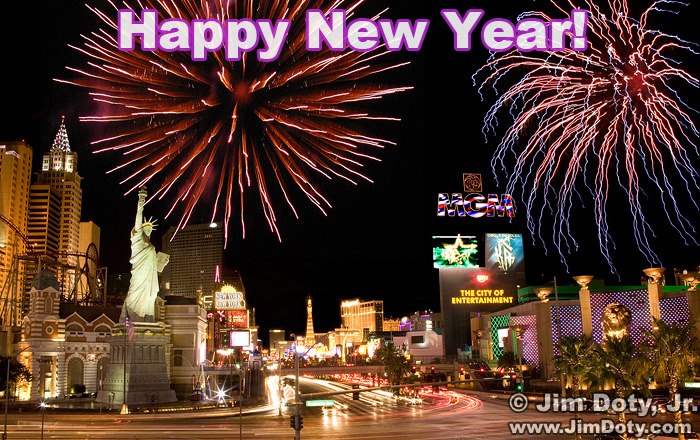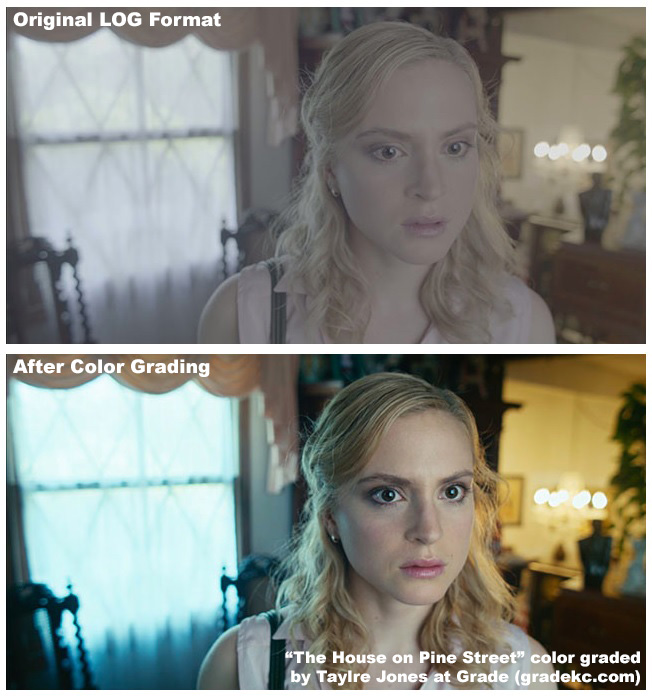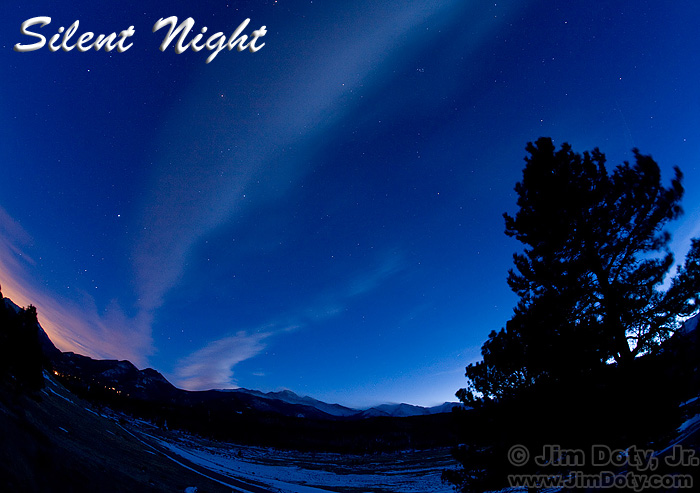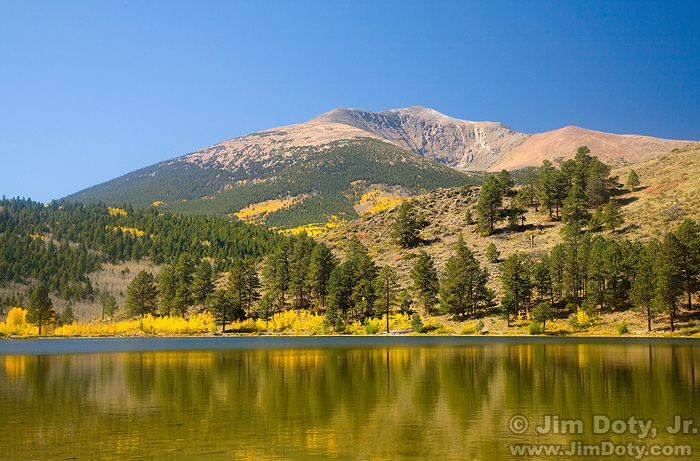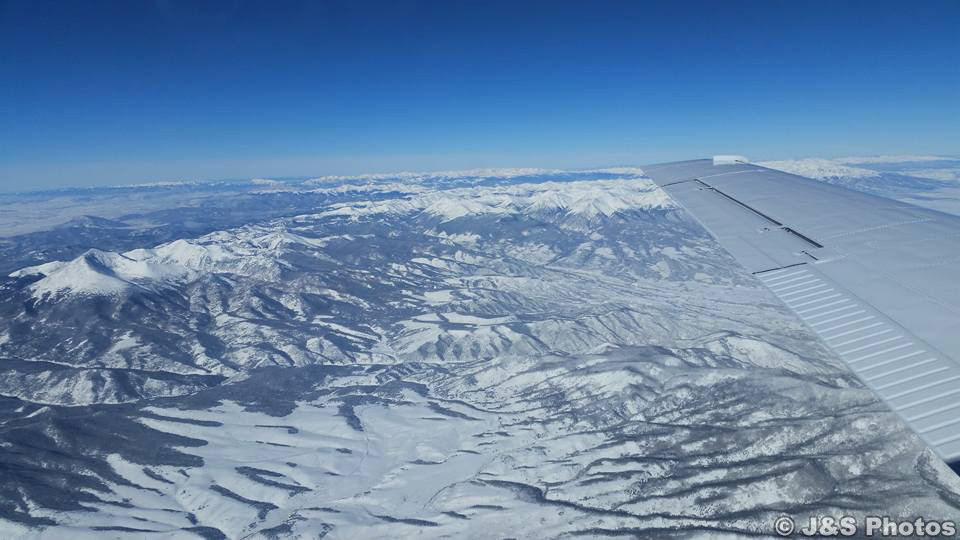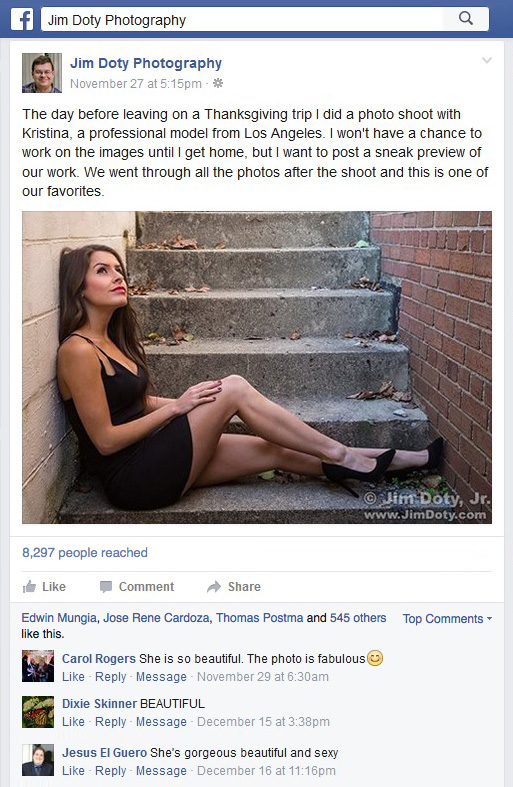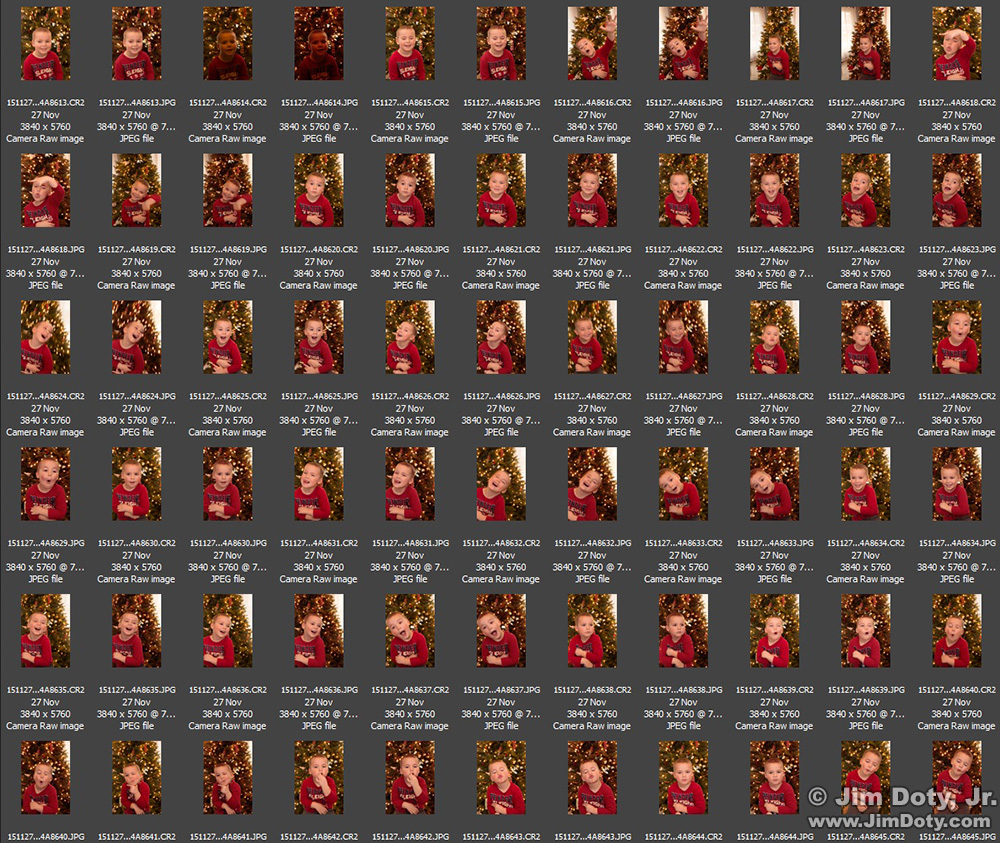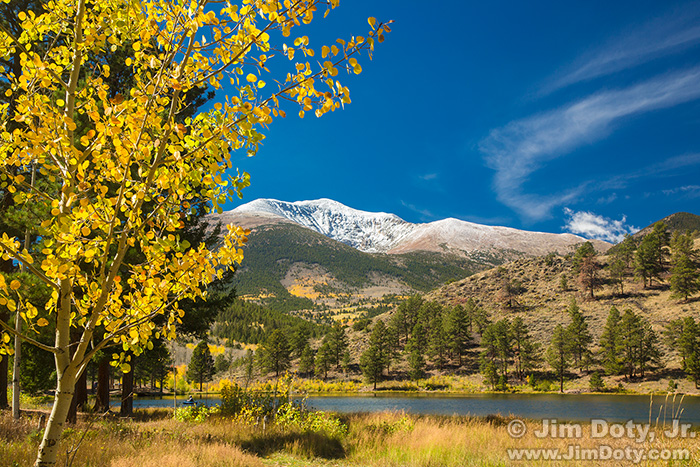The full seventeen minute speech is here.
Retouched Images: Super Excited Clients Make My Day!
Lori sent me some extended family group photos (I was not the photographer) and asked me to retouch them. I had to add a person to one photo and do some face swapping between some of the photos. The goal was to do it in such a way that you couldn’t tell I added a person and swapped faces.
Art Wolfe – Don’t Miss Your Chance To Download This Free Photography Video
Art Wolfe is a world class photographer. If I could pick only 5 photographers to go out and shoot with, Art would be on that list. His work is stunning. I own several of his books, some for inspiration and some for “how to” information. So I jumped at the chance to get his 30 minute video, “Ten Deadly Sins of Composition”.
“How To” Series: Winter Photography
In addition to all of the usual photographic challenges, winter provides some extra complications, especially in terms of metering. So I began my series of articles on winter photography. I just finished revising and updating the series. I also revised some related articles and added new ones. They are all linked below. They will help you meet the unique challenges of winter photography. So read the articles, get out there, have fun, and create some stunning images!
This series is updated every year in January. The January 2017 update is here.
The Sunny f16 Rule Isn’t Reliable in Winter
The Sunny f16 rule is really useful on bright sunny days in the spring, summer, and fall, but you can’t rely on it on snowy winter days. It will often lead you astray. There are much more accurate ways to meter in the winter.
Testing Your Camera’s Snow Exposure Latitude
Exposure compensation is one of the most important keys to good exposures, great images, and the best colors your digital camera is capable of producing. Knowing your camera’s snow exposure latitude is one of the keys to using exposure compensation in a winter scene. It is different for every camera model. You won’t find it in your camera’s manual but it is easy to determine with a simple test.
Protect Your Camera Gear in the Cold and Snow
Cold and snow can cause a lot of damage to your camera gear. Something as simple as shooting outside and taking your camera inside can cause hidden damage that won’t show up until days or weeks later. The simple steps in this article could save you hundreds of dollars in repair bills.
Metering Nighttime Winter Scenes
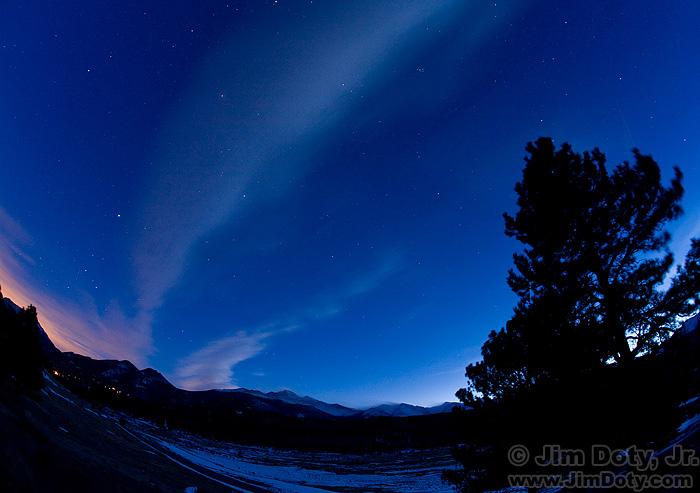
Twilight, Rocky Mountain National Park. Sirius, Canis Major, Orion, Taurus, the Hyades star cluster, and the Pleiades star cluster are all visible in the fading light. Click for a larger version.
You can photograph the night sky year around, but winter brings an added bonus: SNOW! When you don’t have the benefit of moonlight, most of the year you get a black, silhouetted skyline. In winter you have the possibility of including the highly reflective snow. For many photographers winter is their favorite time of year to photograph the night sky.
Metering Evening Winter Scenes
Just like metering daytime winter scenes, the key to metering evening winter scenes is knowing what to meter and deciding how much exposure compensation to use.
Metering Wildlife in the Snow, Part Two
Most wildlife are medium to dark in tone, making them a challenge to meter properly in the bright, white tones of winter. If you trust your camera’s auto exposure modes, the odds are good you won’t get the best exposure. If you switch over to manual exposure and make the right decisions, you can get great exposures and better quality photos (more about that later).
Metering Wildlife in the Snow, Part One
Metering dark toned wildlife in the snow is a major exposure challenge. It is usually best to avoid large “burned out” areas (washed out, featureless white) in a nature or landscape photograph, but with properly exposed snow, the wildlife can be so dark as to lose all texture. On other hand, metering for the wildlife can burn out the snow. So what do you do?
Metering People in the Snow
The white snow in a winter scene can and often does fool a camera meter into underexposing a portrait, so here are the steps to take to get the right exposure. I throw in a few portrait suggestions too.
Metering Daytime Winter Scenes
Metering for scenes with a lot of snow can be tricky since the bright snow fools the camera meter. I see a lot of winter photos with gray snow, which means the camera meter did exactly what it was designed to do and the camera owner didn’t know how to use exposure compensation. The solution is quite simple provided you know what to do.
How To Test Your Camera’s Color Exposure Latitude
Testing your camera’s color exposure latitude is a key to getting good color in your digital photographs. This is a sequel to The Best Colors Come From the Best Exposures. I would suggest you read that article first.
The Best Colors Come From the Best Exposures
This has to be one of the best kept photographic secrets: The more accurate your exposures are, the better your colors will be. Why? If your exposures are off, the colors in your photograph will shift in different directions. You can correct the exposure in post processing, but you can’t correct the color shifts. Since the colors shift in different directions, if you try to correct one color (as you will see below), the other colors will get even worse.
RGB vs Luminance Histogram
If your camera offers both RGB and luminance histograms, choose RGB. An RGB histogram is one of your most valuable exposure tools. A luminance histogram can lead to bad exposures and poor colors.
POTD: In A Back Alley, Part 2 (Fill Flash)
Last August I was in a back alley taking pictures against this brick wall. I liked the location and decided to come back and shoot here again. In August the light was pretty even. This time I needed to make some fill flash decisions.
When You Write About Someone Who is Famous, Think About It!
If you write on your FB photography page about a famous Belgian singer (32 million records sold world wide and the best-selling Belgian female artist of all time), it is important to think about what you write. You never know when Lara Fabian might show up, read your post, and like it.
Dewitt Jones: Celebrate What’s Right with the World!
CWR Website The Film from Shervin Communications on Vimeo.
Life (and great photography) is about inspiration as much as it is about information. Whatever it is that moves you to do things is just as important as knowing how to do it. If you aren’t inspired, all the information in the world won’t help you very much. But if you are sufficiently inspired, you will move heaven and earth to find the information you need. It is about vision! This 22 minute video is about finding the kind of vision that inspires your life and your photography.
Happy New Year!
Before and After: Color Grading a Movie (The video is impressive.)
The colors you see in the movie theater are not the original colors that came out of the movie camera. It is rare that we get to see clips from a movie before they have been color graded. This is your chance. The difference is dramatic and impressive, as you will see in the video clips below.
Merry Christmas!
Snow glistens in the last light of dusk.
Distant clouds glow with the fading light from the sun, long since set.
Mt. Ouray from O’Haver Lake
As I asked at the end of Part One in this two article series, “Why am I so attached to Mt. Ouray (and O’Haver Lake)?” The answer is simple. They have been part of my life for a long time.
Mt. Ouray from the Air
Recently, two of my friends were flying from southern Colorado to Denver. They snapped this cell phone photo from their airplane and posted it online. I was quite taken with this photo for several reasons. My friends are two remarkable people, I love the Colorado Rockies, and Mt. Ouray (on the left) is special in my life.
Protect Your Camera Gear in the Cold and Snow
Cold and snow can cause a lot of damage to your camera gear. The simple steps in this article could save you hundreds of dollars in repair bills.
Comments like these . . .
“How To” Series: Winter Photography
Update: December 18, 2015. This series was revised and expanded last winter (January through March 2015) and I will update it again beginning in January 2016, but for some of you winter is NOW, so I am re-posting this set of links so you have them now.
Update: January 9, 2016. As of today five of articles have been revised and updated from last year’s versions. I have also written several new articles that are related to this series and included links. Over the next few days I will revise and update the rest of the articles. Stay tuned.
In addition to all of the usual photographic challenges, winter provides some extra complications, especially in terms of metering. So I began my series of articles on winter photography. This year I revised three prior articles and added six new ones. They will help you meet the unique challenges of winter photography. So read the articles, get out there, have fun, and create some stunning images!
Photo Shoot: Many Faces
My initial mission was to get a “normal” portrait of my four year old grandson in front of the Christmas tree. As often happens with young children, things went a little differently than I expected.
Your Camera Does NOT Capture Reality! (And what to do about it.)
You have heard it said a lot, and maybe said it yourself: “This picture doesn’t do it justice.” That is often true and for several reasons. One is that digital cameras do not capture reality. No matter how fancy or inexpensive, digital cameras simply do not capture what your eyes see. That is also true with film cameras. All color photographic films have different color characteristics. Some have better reds, others have better greens or blues. Some are more saturated and others less saturated. But none of them are totally color realistic. Why don’t cameras give you realistic images and what can you do about it?
Note: This article has been updated here.
Kristina in a Stairwell
Kristina, a professional model based in L.A., wanted to schedule a photo shoot when she was in Ohio. She arrived right before I left Ohio on a trip, so we had only one day to work together. It was a bright, sunny day and bright sunlight is usually too harsh for good portraits, so we worked as much as possible in shady locations.

